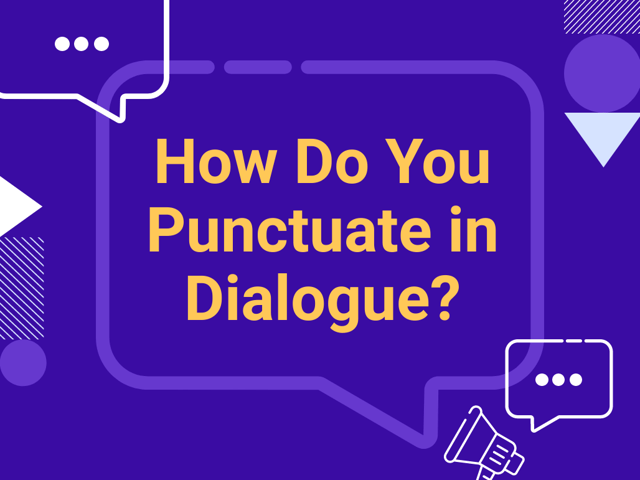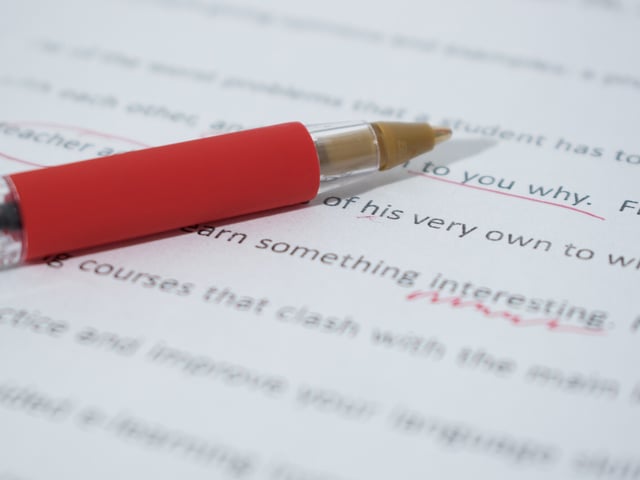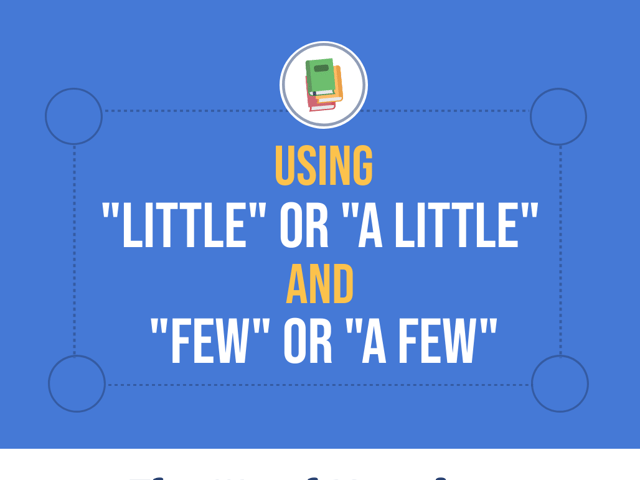
How Do You Punctuate in Dialogue?
Writers write for a variety of reasons, but perhaps one of the most satisfying is to entertain an audience. Telling a good story requires engaging the reader with the characters and action in the story. Part of that engagement comes from being able to experience what the characters are experiencing through vivid language, imagery, and dialogue. But how to punctuate dialogue can be a tricky thing to navigate.
Terms You’ll Need to Know
First, let’s clarify some commonly used terms. Dialogue is a conversation between two or more people. It is identified as a conversation and the reader can keep track of who said what based on the content that goes inside the quotation marks. Quotation marks are the punctuation that distinguish what someone actually said from the rest of the prose. They look like this:
Those flying double comma-looking things at the beginning and end of this sentence are quotation marks.
There are double quotation marks to indicate a quotation, but if the quotation includes a quotation from someone else, then single quotation marks are used to indicate that. Here’s an example: “Mr. Wright, who said ‘to thine own self be true’?” asked Larry.
But with all those quotation marks, it can be hard to know where to put the punctuation. Where does punctuation like periods, commas, exclamation points, or question marks go? Inside the quotation marks? Outside? What if there are single and double quotation marks? These are all good questions. Let’s get some answers.
Working with Punctuation in Dialogue
Generally speaking, the rules for punctuating dialogue require the punctuation (especially periods and commas) to be placed inside the quotation marks (whether single or double). Exclamation points and question marks can go outside the quotation marks, but only if they are not being used to punctuate the quotation itself. So it’s important to know what is being punctuated to know where to put the punctuation marks. Let’s use the following conversation between Sally and her friend to review punctuation rules for dialogue:
Sally dropped her backpack to the floor. “Ugh, what a day!”
“What happened?” Morgan asked.
“I asked my mom if I could go to the movies with Steve on Friday night.”
“What did she say?”
“She said, ‘No, I don’t think so.’ “
“What did you say when she said, ‘No’?” Morgan inquired.
Sally sadly responded, “What could I do? I said, ‘Okay, never mind.’”
There’s a lot of punctuation happening in this dialogue.
-
First, note that each speaker’s “voice” starts on a new line.
-
Then, the punctuation follows the sentences and is inside the quotation marks when Sally comments on her day, when Morgan asks a question, etc.
-
However, look at what happens in the last two lines of the exchange. Mom’s answer was “No,” and when Morgan is quoting her, single quotation marks are used and the question mark is put outside that quotation but inside the double quotation marks because it is Morgan who is asking the question.
-
Sally responds with a question of her own directed at Morgan and then a recount of her response to her mom, ending in a period inside the single quotation mark to note it was the end of her response but also the end of the sentence.
Note that there are no extra spaces between punctuation and quotation marks. This can sometimes cause the end of a sentence to look confusing and “busy,” but you’ll get used to it as you understand how to read the punctuation and to know what it’s for.
The Use of Commas in Dialogue
You might also notice there are several commas included in the above dialogue. You should always use commas after an introductory phrase before the quotation (Sally sadly responded,… or I said,… ) or when a dialogue tag follows a quotation. In the conversation above, the dialogue tags both follow questions asked by the conversation participants, so in those cases, no comma is used. If the questions were statements that would otherwise require a period, the period would be replaced by a comma and moved to the end of the entire sentence (“Her answer was disappointing,” Sally confided to Morgan.)
It can be tricky to punctuate dialogue, but it gets easier if you can ignore the distractions of the quotation marks and punctuate the sentences themselves. Who is saying what? When do statements end? Who is asking what question or making what exclamation? Remember that commas and periods always get tucked inside the quotation marks; exclamation points and question marks are put where they are needed to punctuate the sentence correctly.

Keep Reading

English Basics Blog
How to Write a Compare and Contrast Essay
When you were in school, you probably had to write a lot of different t…

English Basics Blog
What are Superlatives?
We spend our lives making comparisons, whether we realize it or not. Wh…

English Basics Blog
When to Use “Little” or “a Little” and “Few” or “a Few”
Few aspects of the English language can grow as convoluted as when to u…